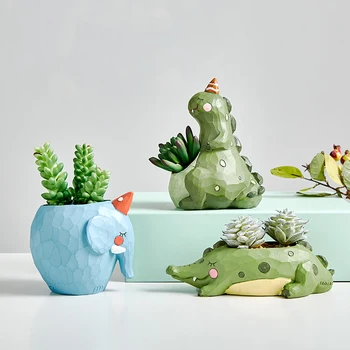When most people think of compost, they picture leaves, fruit rinds, eggshells, and other food scraps. But did you know you can also compost cardboard? Even in a balcony compost bin?
Not only does composting cardboard increase the nutrient level of your soil, resulting in bigger and better-tasting fruits and veggies, but it’s also an environmentally responsible way to get rid of unwanted packaging. Here’s a closer look.
Creating a compost pile with paper and cardboard is a fairly straightforward process.
First, make sure you’re using the correct type of cardboard. Two types are suitable for composting:
Another common type of cardboard is wax-coated. It’s used to make coated paper cups, pet food bags, and other containers often used to store food or liquid. Unfortunately, the wax coating makes the cardboard difficult to tear.
Tearing cardboard into small pieces is key to good composting. You can use scissors, a knife or your hands. The important thing is to get the pieces as tiny as possible because they’ll compost quicker and more completely. (The first time I composted with cardboard, I underestimated how small the pieces should be, and it slowed down the composting process. Cut them into pieces no bigger than an inch or so. Shredded cardboard is also an efficient option.)
Also, you’ll need to remove any foreign material from the cardboard, such as tape, labels, staples, and so on. While a wayward staple or two isn’t a huge deal, large sections of tape or similar material can impair the decomposition process.
Once you prepared your cardboard, you’re ready to add it to your compost heap. Create a cardboard layer about 4 inches deep in your compost tumbler, pile, or bin.
Next, you’ll want to add a layer of “browns,” which refers to brown organic material, such as leaves, small sticks, bark, straw, and ash. The brown layer provides carbon. Then, you’ll want to dampen the material.
Using a hose, water can, or spray bottle, add a light coating of water to the top of the pile. Water helps develop the conditions for fungus and microbes to form, which are an essential part of the composting process.
On top of the browns, you’ll want to create a layer of “greens,” which includes vegetables, grass clippings, manure, fruit rinds, and similar organic material. Add a layer of soil to the greens.
Your first section of compost is complete. Now, you want to start again with the same order of layers. Repeat the process until your compost bin is full.
Here are the answers to frequently asked questions about cardboard compost.
Yes, many types of cardboard are safe to compost. Just make sure you remove all packing tape, plastic, and other non-cardboard materials.
Use either corrugated or flat cardboard. Corrugated is the standard type of cardboard used for shipping, and flat cardboard is a thinner type used to make boxes for a wide range of commercial goods, such as shoes, cereal, and egg cartons.
When cardboard breaks down, it turns into carbon, improving the carbon-to-nitrogen content of your compost. Adding compost to your garden helps increase the nutrient content of your soil, resulting in a larger and healthier yield.
Also, cardboard helps soak up any excess water in the compost pile. While you need the pile damp, you want to avoid creating any pools of stagnant water. Cardboard helps maintain the proper moisture level.
It’s difficult to say which is better. Composting helps reduce the amount of cardboard found in landfills. However, it doesn’t reduce the resources necessary to make the cardboard in the first place.
Cardboard is a desirable material for recycling. Turning used cardboard into a new cardboard box has much less environmental impact than creating new cardboard.
Personally, I tend to wind up with more boxes than I need for composting. After creating my compost pile, I put any remaining cardboard in the recycling bin.
Cardboard does take a bit longer to compost compared to organic material. From the moment you build your compost pile, expect to wait between six and eight months for the cardboard to decompose.
You’ll likely need to plan ahead to make the best use of your compost. Consider winter composting, which is a way to prepare the pile for the growing season. Another way to speed up the process is by using a worm bin with composting worms. They can help accelerate the decomposition process, so the compost is ready sooner.
Cardboard adds numerous benefits to your compost pile. It helps control the water level, adds a beneficial carbon source, and offers an environmentally friendly alternative to the landfill.
If you have cardboard you need to get rid of (and don’t we all), you can use it in the compost bin to produce compost that will help improve the quality and yield of the fruits and veggies in your garden!





We provide a platform supported by gardening enthusiasts to share unique experience and knowledge.
We’ve pledged 5% of sales to the program which help more families have opportunity to have garden.
Every action we make has an impact on planet. Learn more about Million Compost Movement.
Join facebook community to connect, share passion and get support when you need.
Keep in mind that we may receive commissions when you click our links and make purchases. However, this does not impact our reviews and comparions. We try our best to keep things fair and balanced, in order to help you make the best choice for you.
As an Amazon Associate, we earn from qualifying purchases.
Sign up for gardening tips, activism awareness, exclusive offers and more!
© Garden Guidepost

Gardening tips, activism awareness, exclusive offers and more!